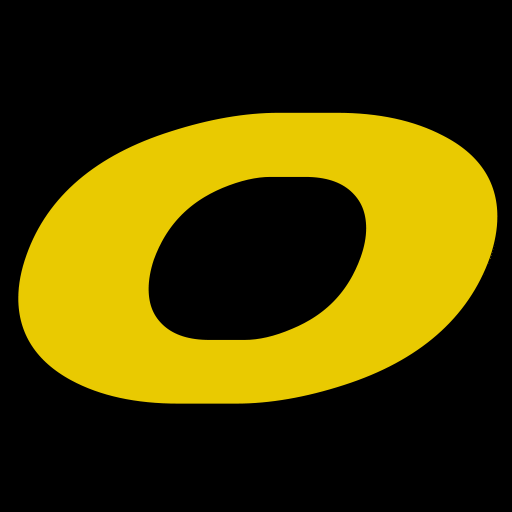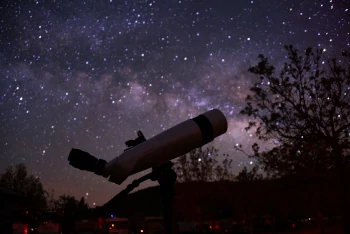
Hi-
I like the 20 x 110 mm model. How neck friendly is this for astronomy? What reasonably priced tripods are available for “neck friendly” viewing? I have kids and also 70+ year old parents to consider.
If I went with the 45 degree x 100 mm, how wide a view can I get with say 32 mm plossls? Is there a wider eyepiece than these? How much less is seen with the 100 vs 110 mm aperature. I have had 50 and 70 mm binocs in the past. Thanks.
The 20×110 is a great binocular, but heavy at 16 lbs. The Oberwerk 5000 Series tripod/head ($279) can handle it, has plenty of height to get it high overhead, and would be the least-expensive mounting option. A parallelogram would be the most comfortable for astronomical viewing, but you’d need the UA Millennium ($499) and our wood tripod to support it, so it ends up being a rather expensive setup.
The BT-100-45 is our finest instrument. But Plossl eyepieces are actually rather narrow. A 32mm Plossl would give you 19x, but would have a FOV of only 2.6 degrees. The included 25x eyepieces are a wide-angle design, and have almost the same FOV (2.5 degrees), therefore no advantage to using the Plossls. I think the difference between 110mm and 100mm is negligible, the comfort of the 45-degree viewing more than makes up for that.
Regards,
Kevin Busarow
Thanks Kevin
The 100 mm sounds more advantageous. How are the views of planets / moon at say 100-150x? Is there much color? Thanks.
I recommend a maximum magnification of 75x (8mm eyepieces), chromatic aberration is minimal at 75x and below, but some of our customers are running as high as 100x (6mm). At 75x, Jupiter and Saturn show nice detail, the moon is fantastic.
Regards,
Kevin

Don't have an account? Click here to register.